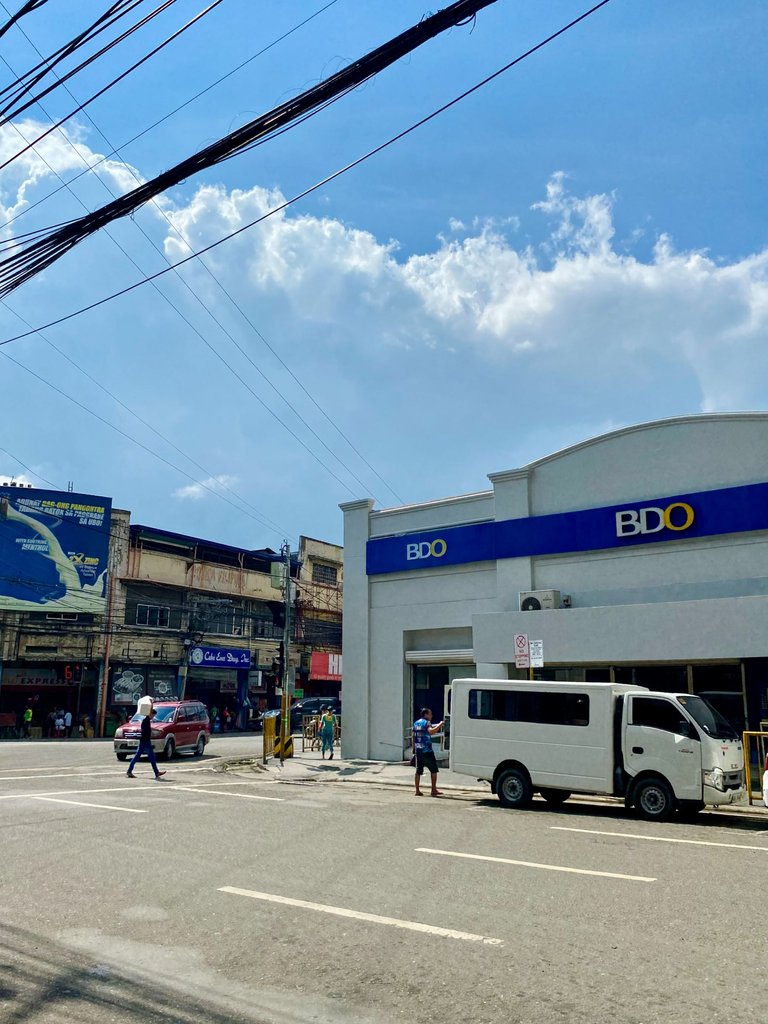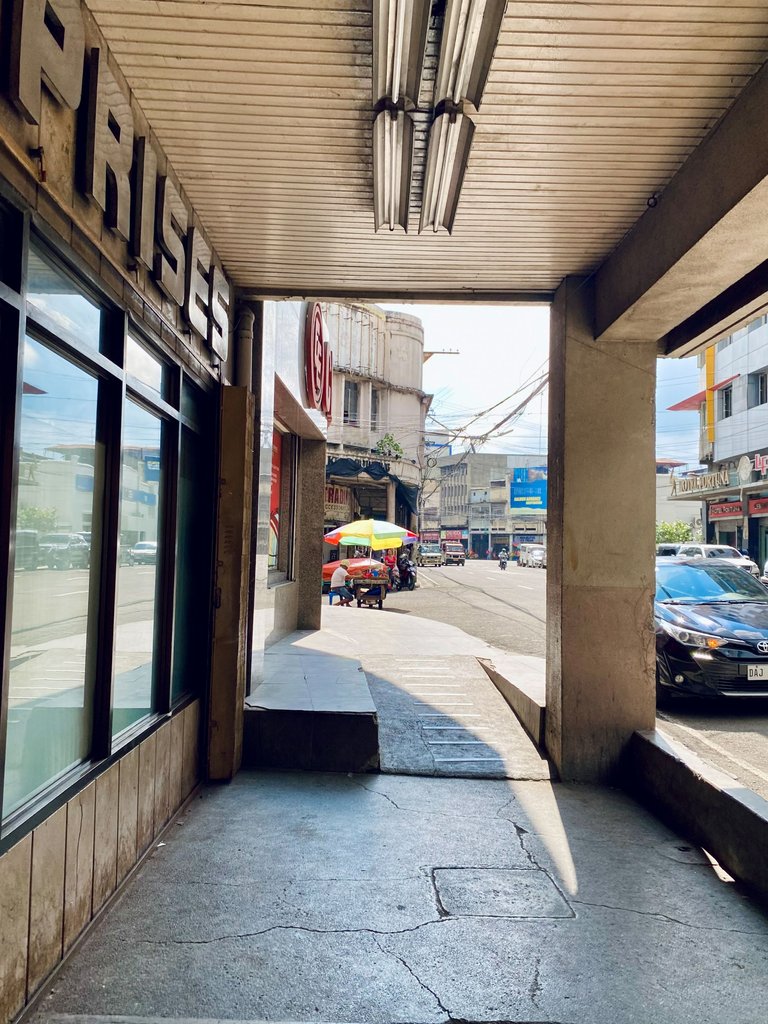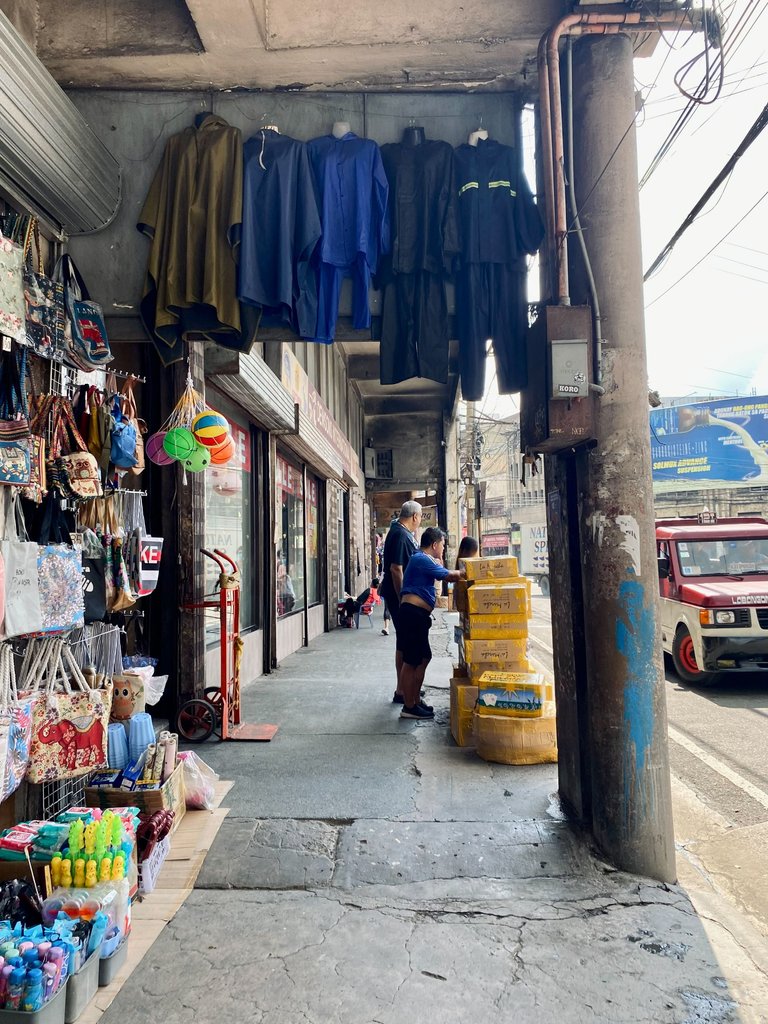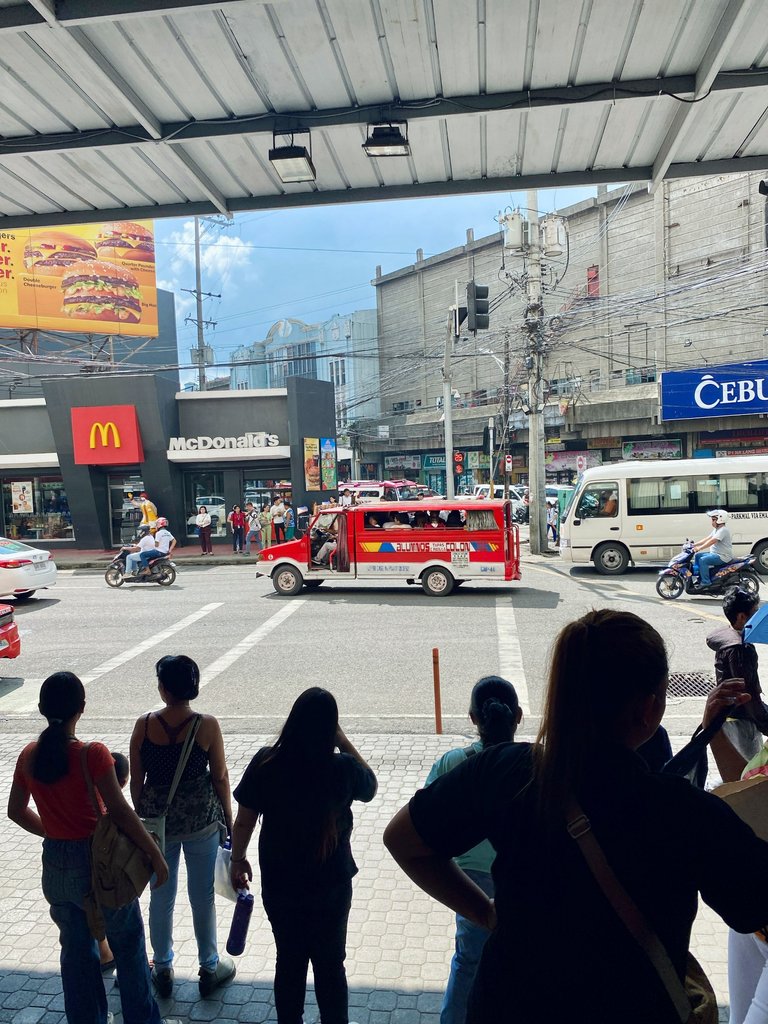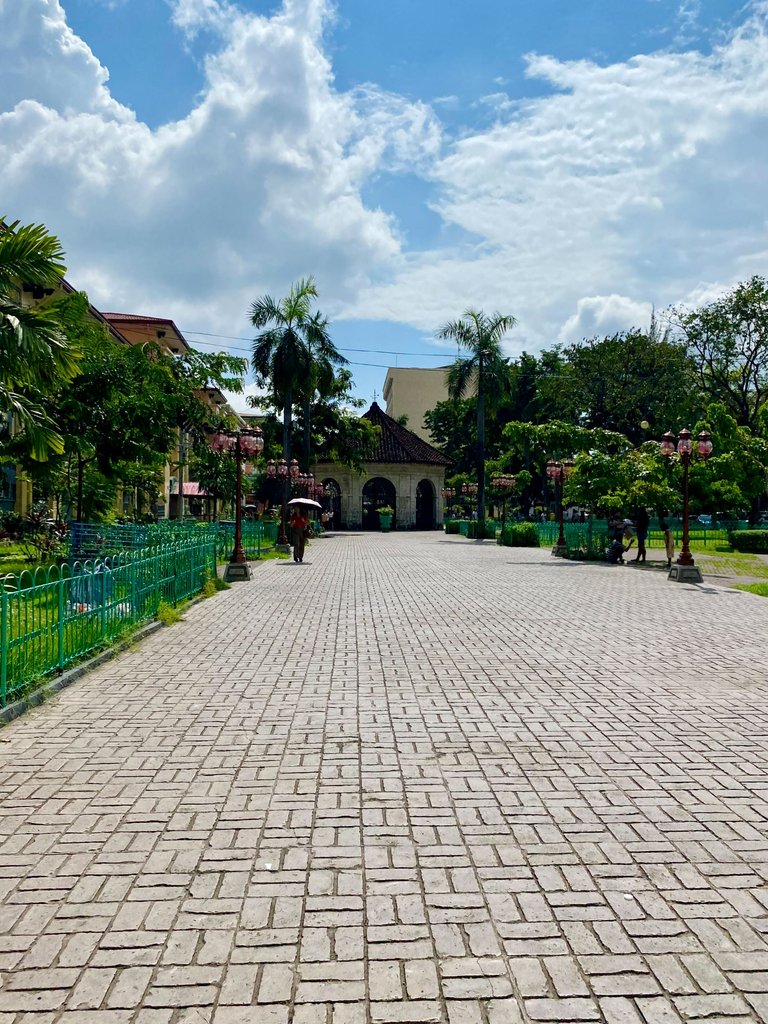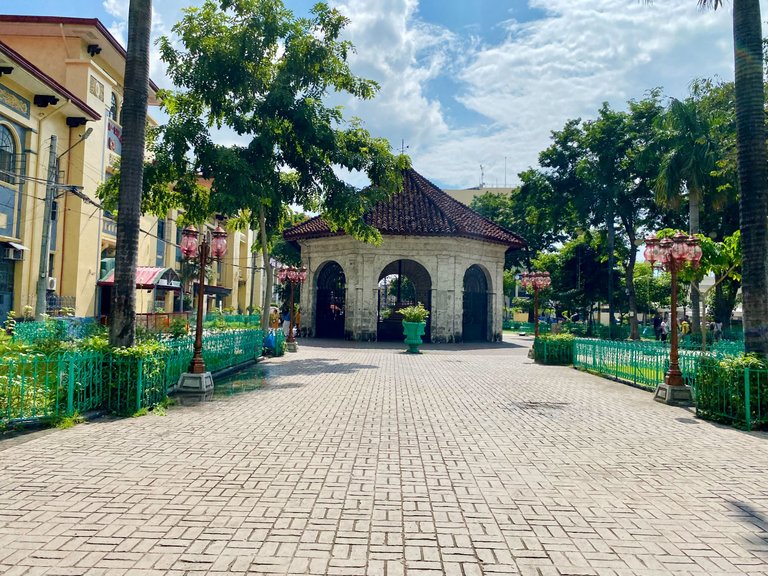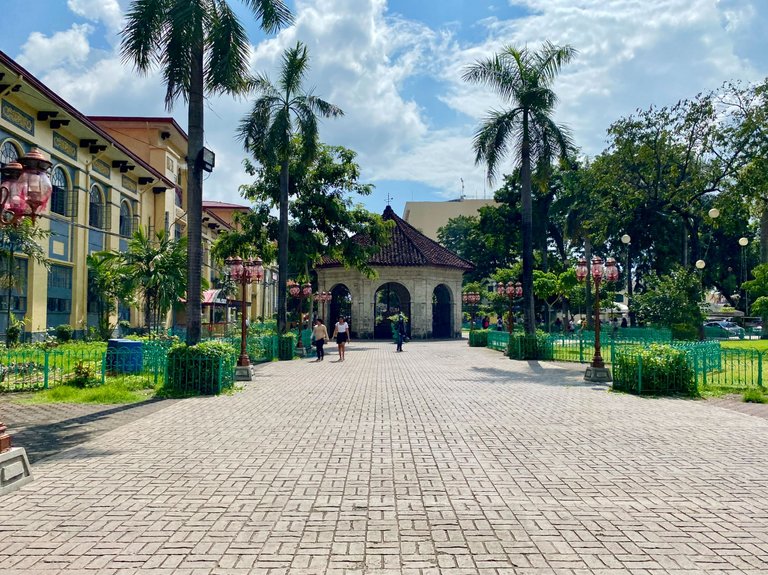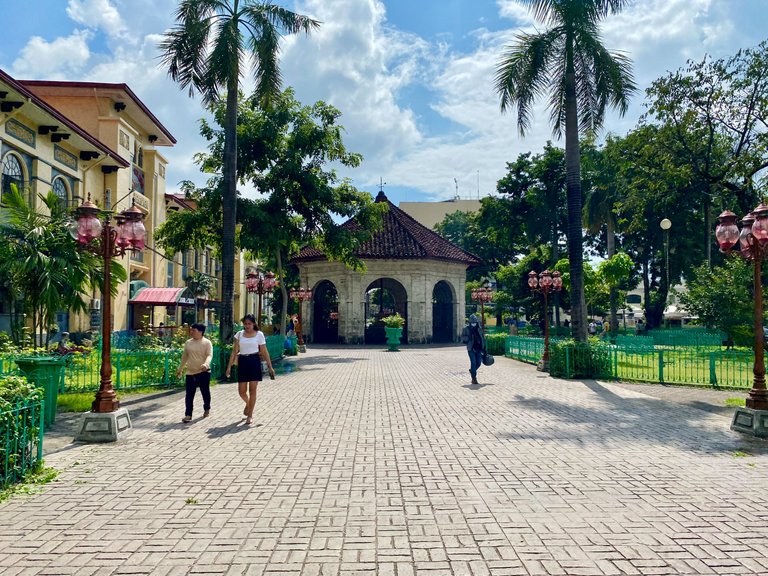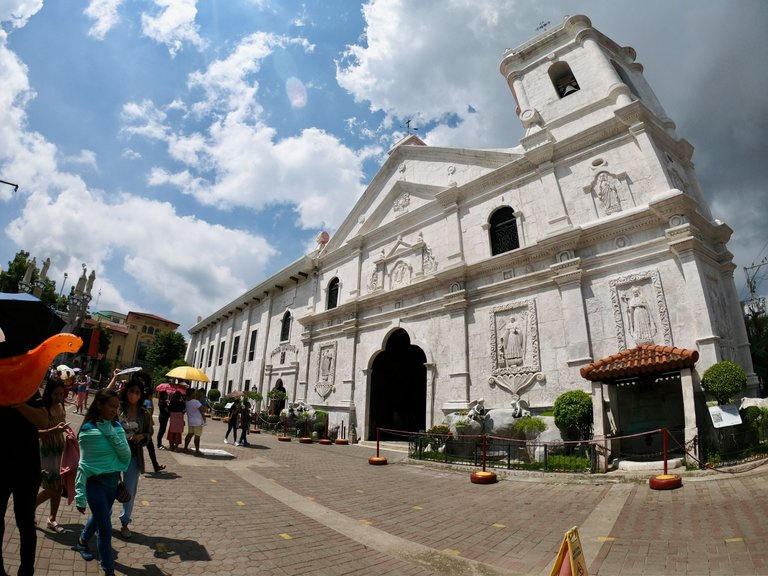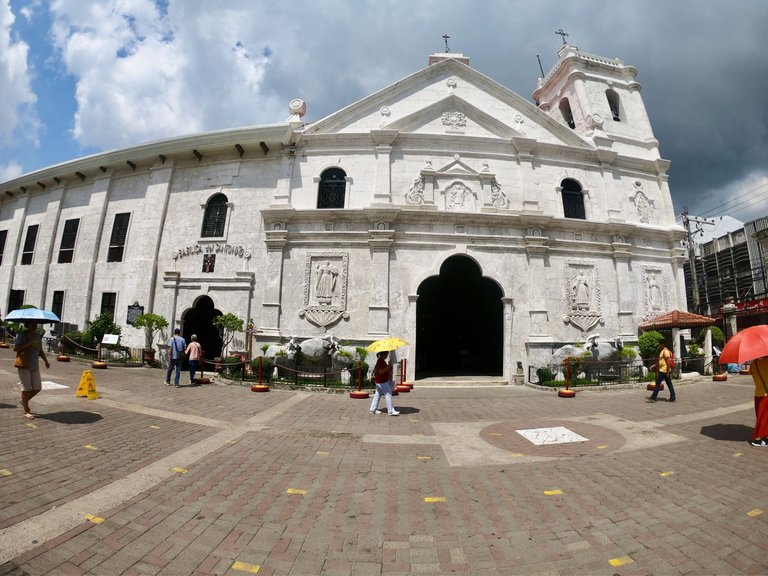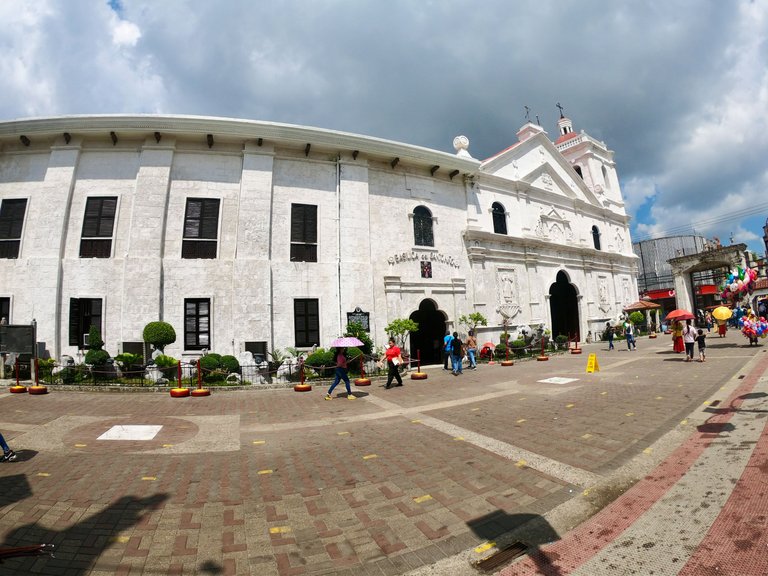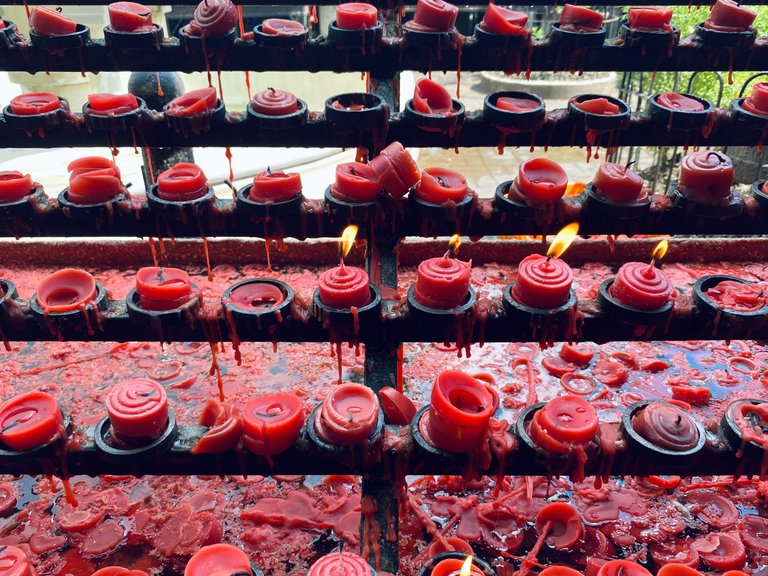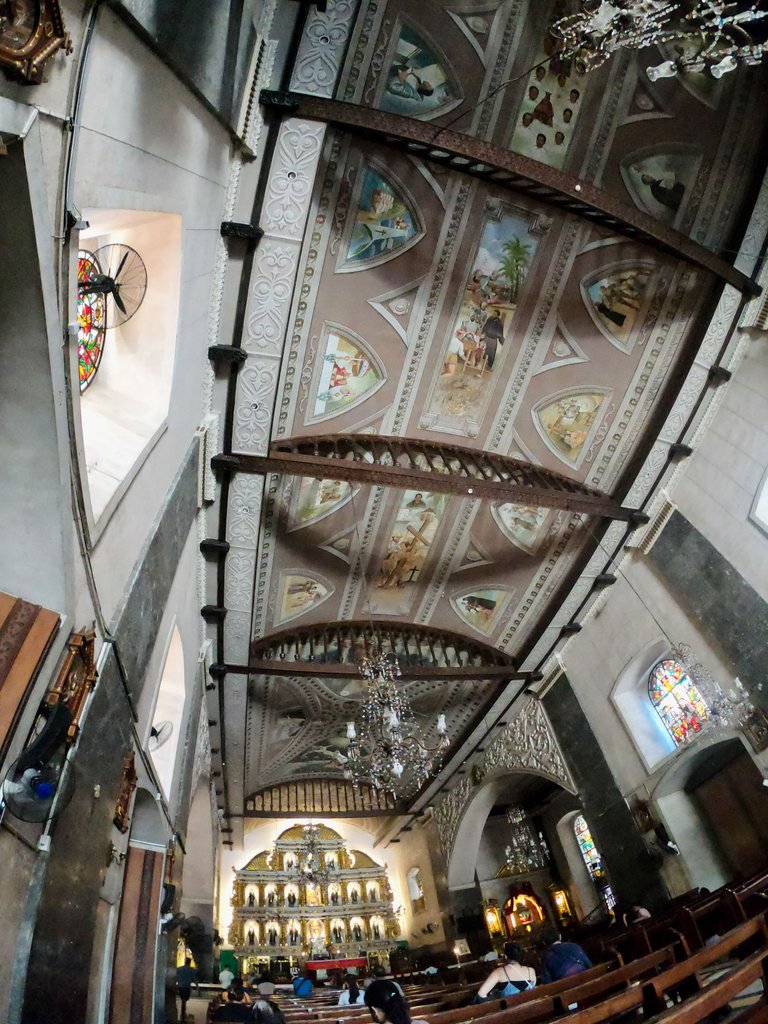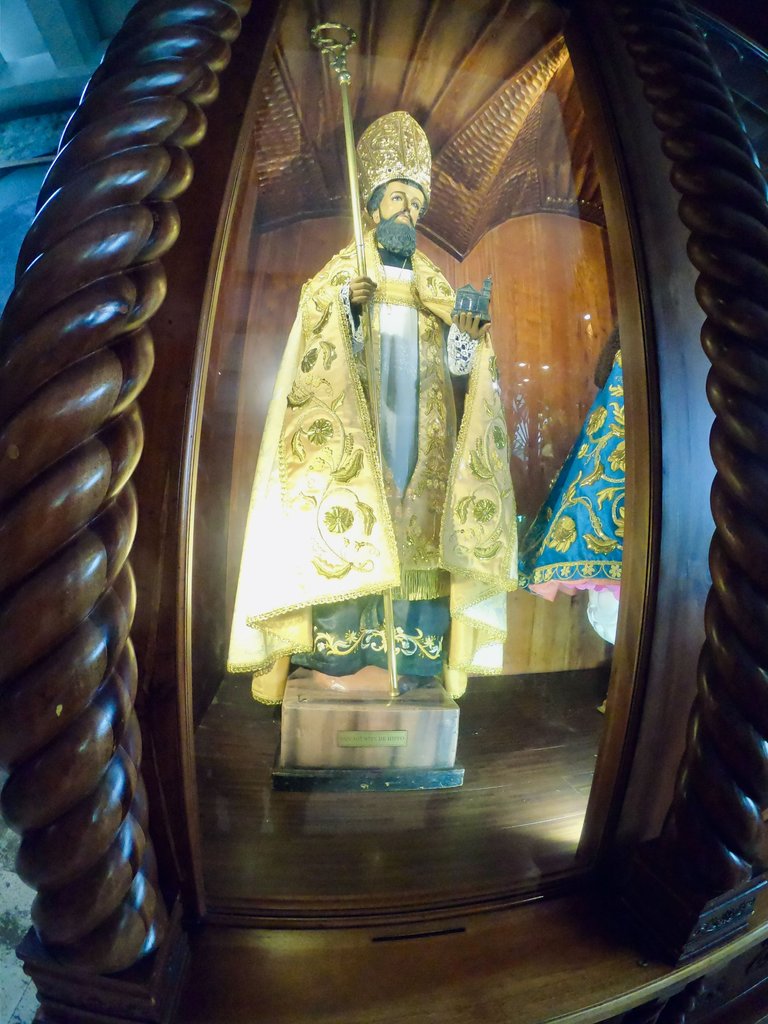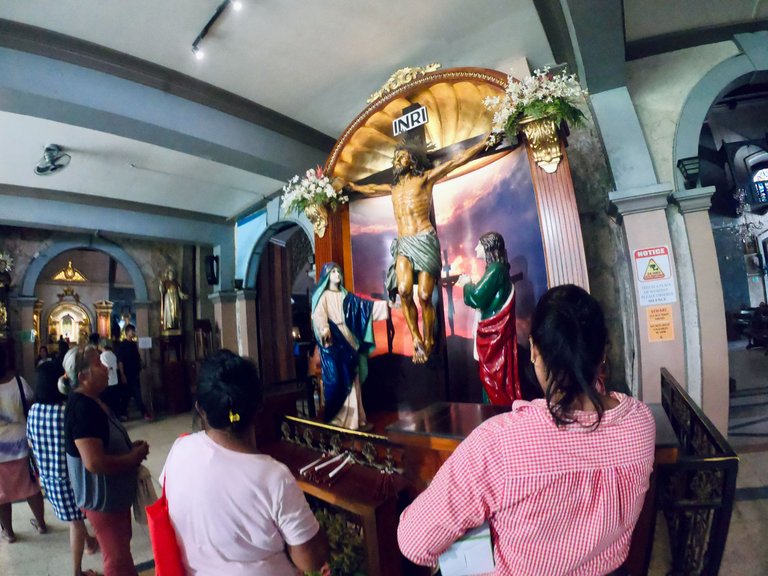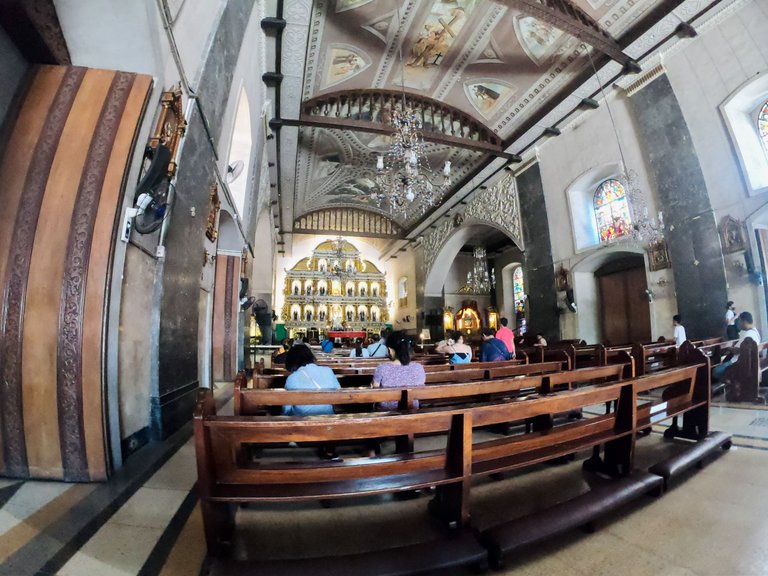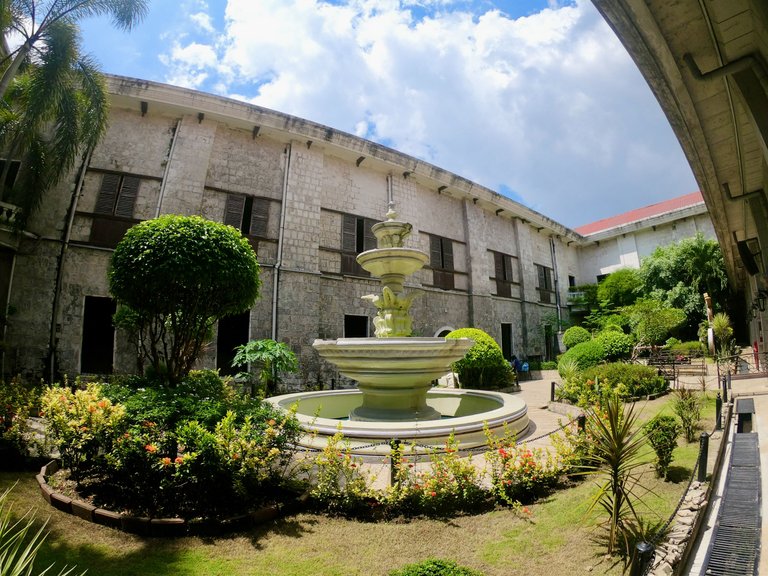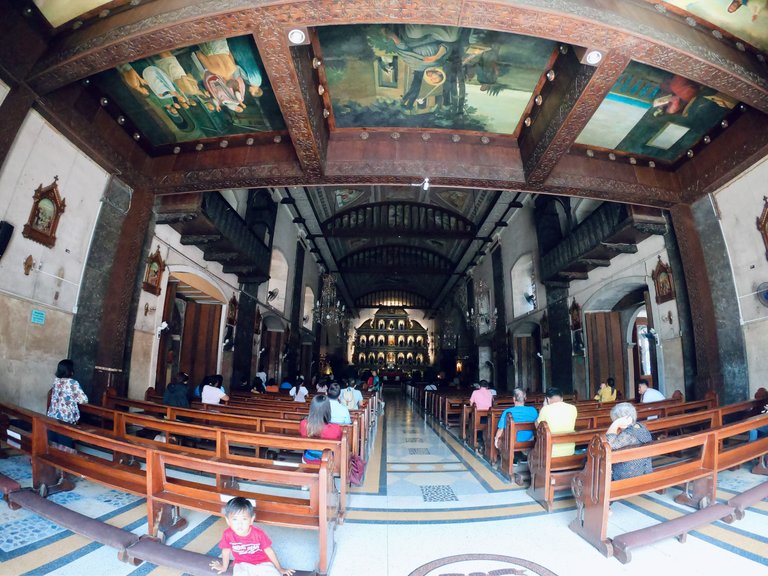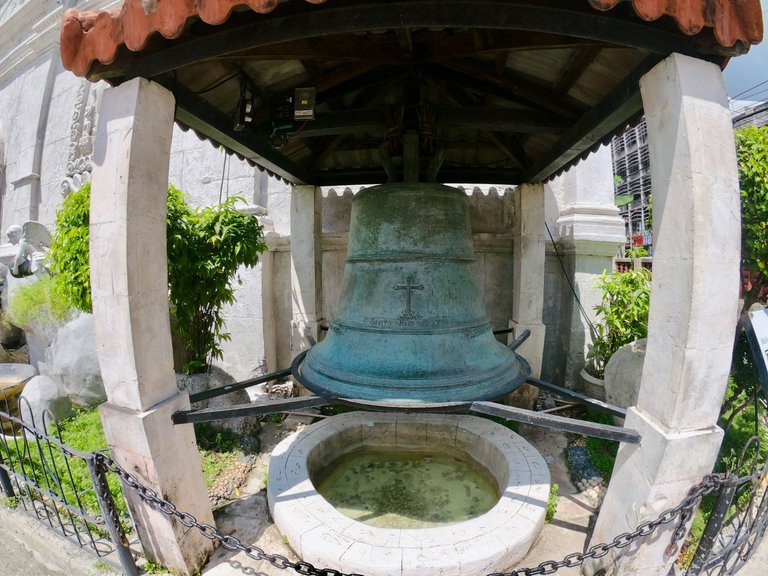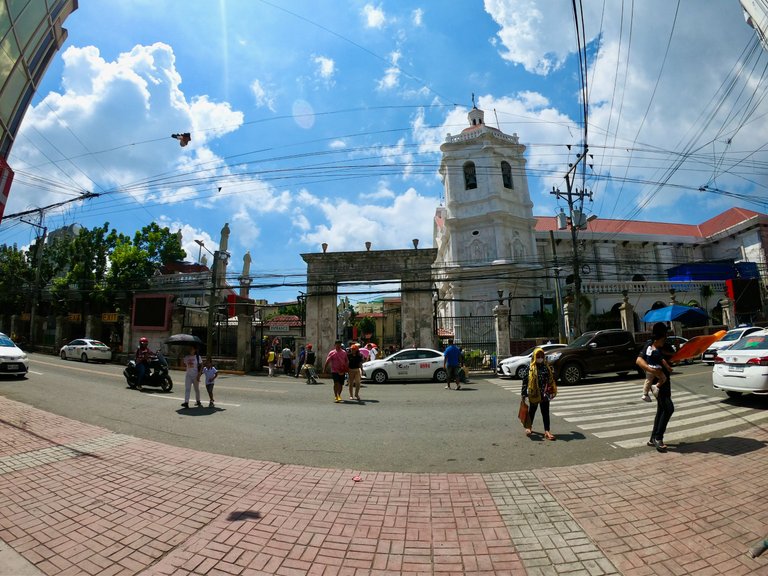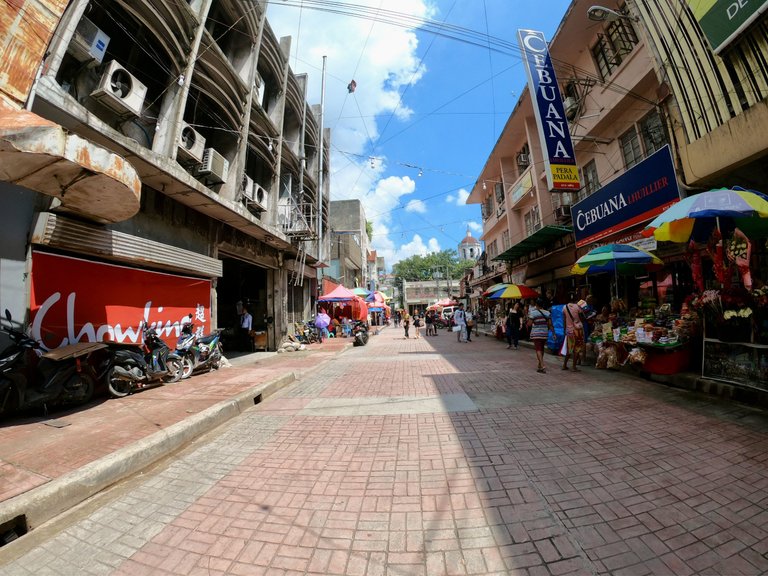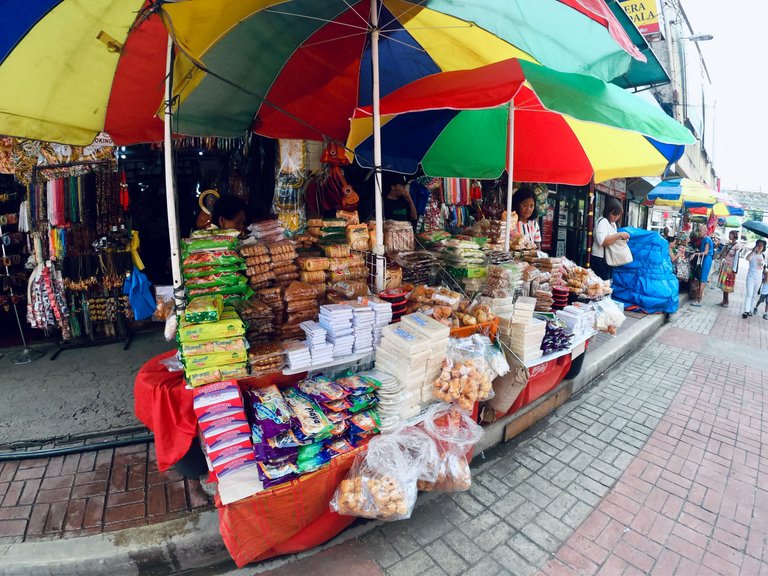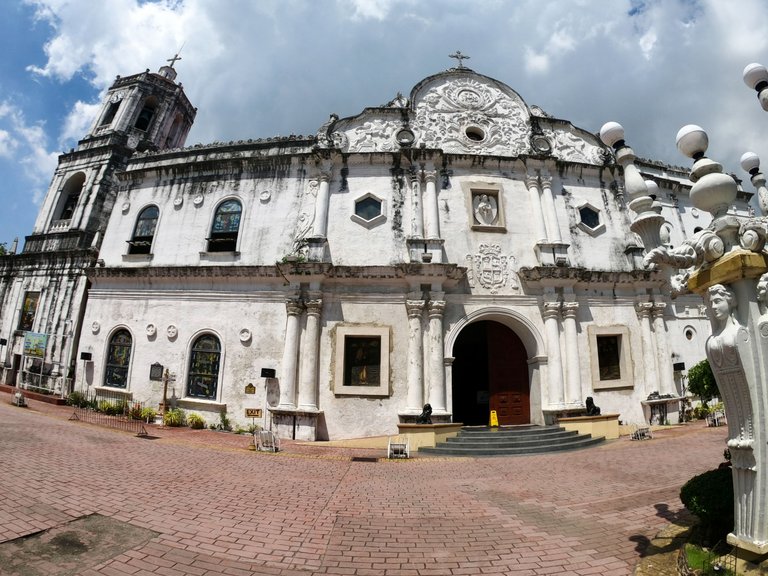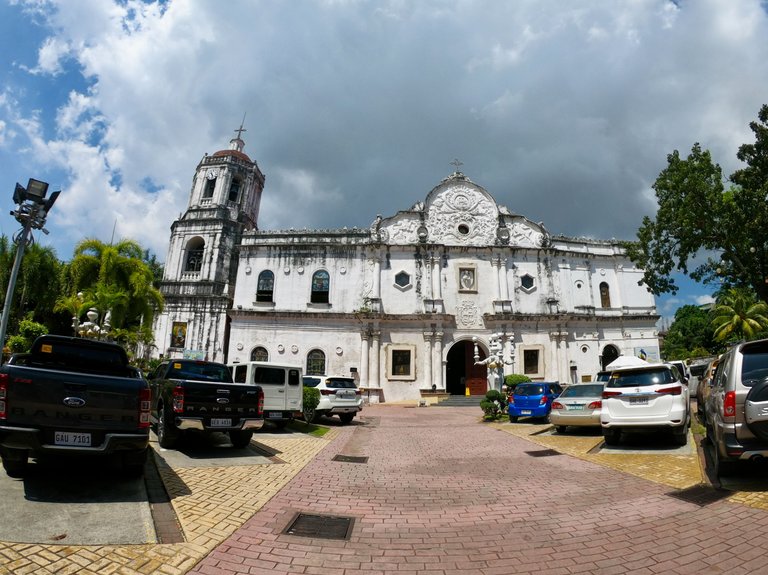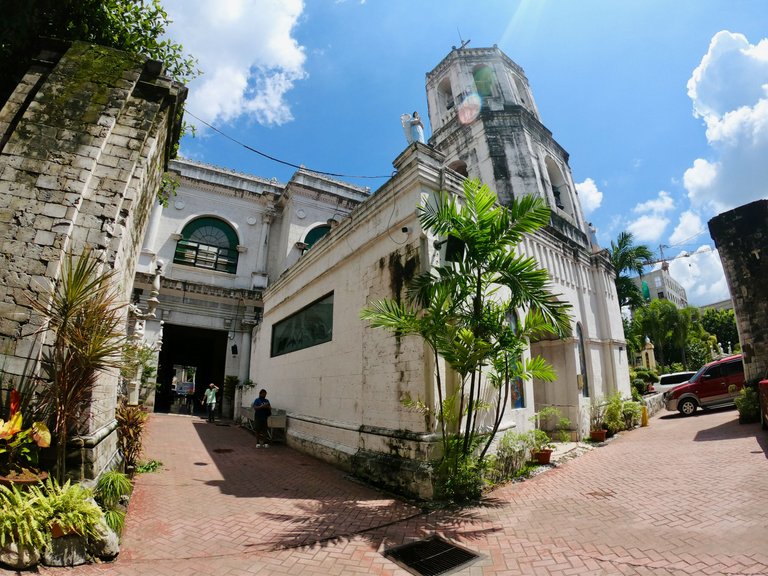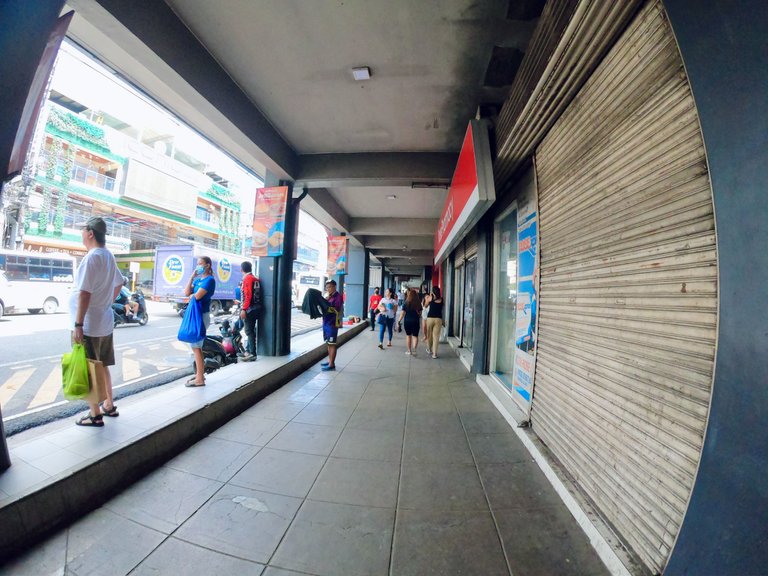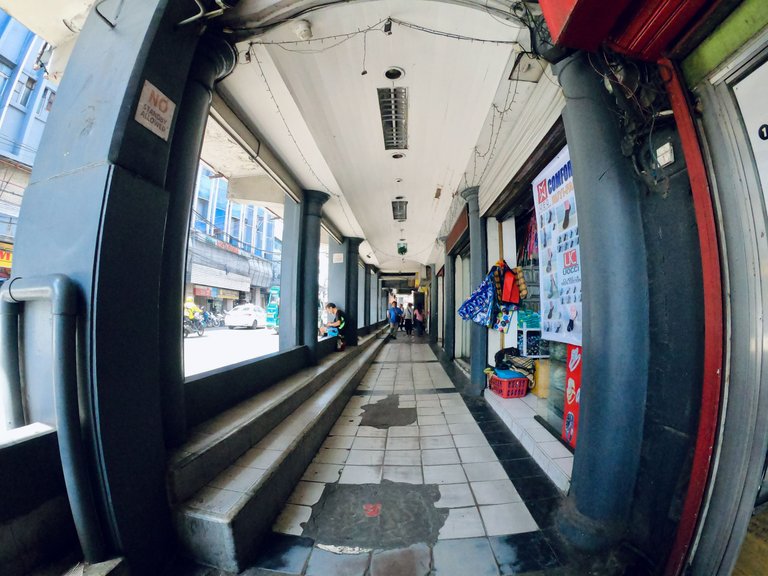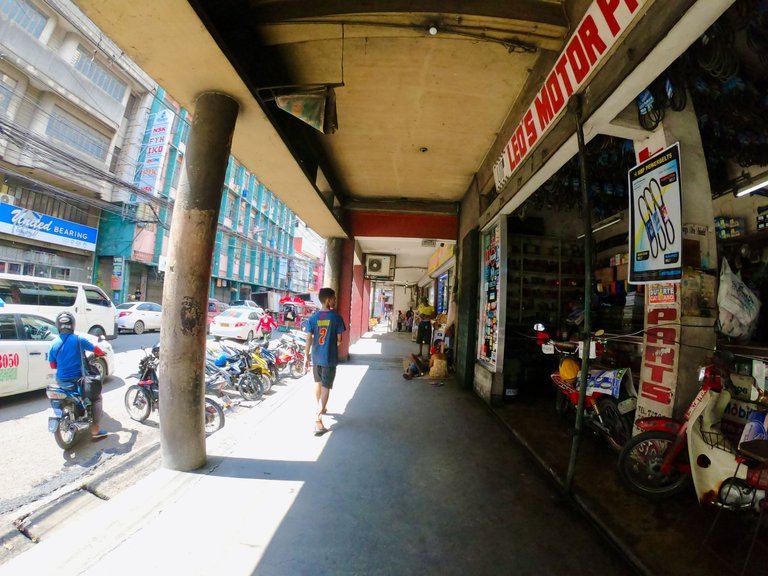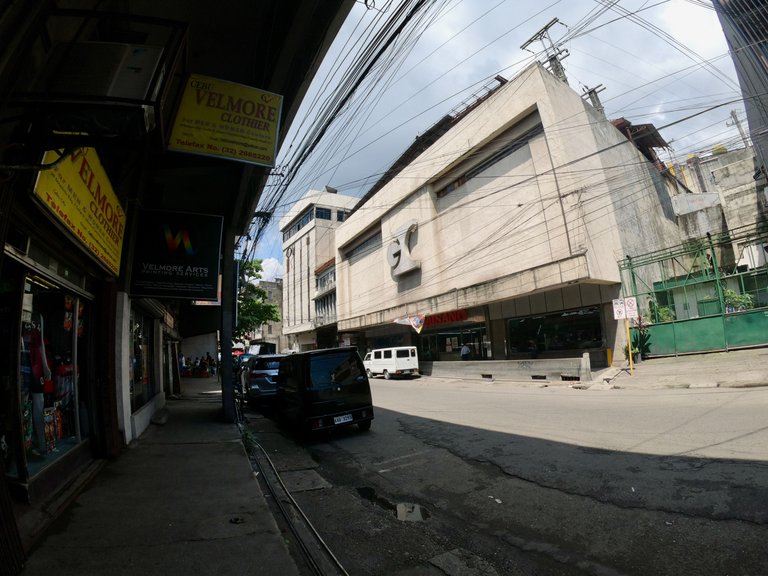Good day, Hivers! Another day, another story to tell.
I woke up super early today because I had a super early appointment in downtown Cebu. I expected it would take a couple of hours, but surprisingly, I was done within an hour.
With plenty of time on my hands and it still being too early to go home, I decided to visit the National Museum.

I walked almost a kilometer along the busy, hot, and dusty sidewalks of Magallanes Street. I was sweating profusely as I was wearing a thick Uniqlo oversized shirt.
|
|
|
|---|---|
|
|
|
I arrived at Magellan's Cross and decided to visit the Basilica Minore del Santo Niño de Cebu, and I was glad that it wasn't super crowded with tourists.
Magellan's Cross has been a major tourist attraction here in Cebu. It also plays a significant role as a historical site, being the spot where Portuguese and Spanish explorers, led by Ferdinand Magellan (Fernão de Magalhães), planted a Christian cross after the first Catholic mass in the Philippines on April 14, 1521. It is located across from Cebu City Hall and is considered the most iconic landmark in the whole province of Cebu. The original cross is reputedly encased in another wooden cross for protection, as people started chipping it away due to the belief that it had miraculous healing powers.
Across from Magellan's Cross is the entrance to the Basilica.
The Basilica del Santo Niño de Cebu was founded by the Augustinian friars in 1565. It is one of the oldest churches in the country and houses the image of the Santo Niño de Cebu, a statue depicting the Child Jesus, considered the oldest surviving Catholic relic in the Philippines.
Upon entering, I immediately went to the 'Dagkotanan' area where you can light candles and offer your prayers. I lit some candles for the blessings I received and then decided to sit in a chair to cool down as I was still sweating profusely.
I sat there for half an hour just to dry myself a little bit while facing the altar. I used to frequently visit this church before; it's a place where I could think calmly just by sitting there alone.
It was 10 AM when I decided to go inside the Basilica. I sat at the back for a few minutes and said my prayers.
I wasn't able to get close to the front, so I walked toward the side where there are life-sized statues of different saints. I also offered some prayers to the saints there.
|
|
|
|---|---|
|
|
|
I was feeling a bit hungry and decided to eat somewhere near Colon Street. My original plan was to visit the National Museum, but I crossed it off my list because it was incredibly hot, and I didn't want to go there all sweaty.
|
|
|
|---|---|
|
|
|
Heading toward Colon Street, I followed the route that passed the Cebu Metropolitan Cathedral.
The Cebu Metropolitan Cathedral is another historical church founded in 1598 by Miguel Lopez de Legazpi. The current structure, however, was built in 1836. The cathedral has undergone several renovations and repairs due to natural disasters, war destruction, and fires over the centuries.
I did not get the chance to take a lot of pictures inside because there was an ongoing mass when I went there.
Walked for another 700 meters until I reached Colon Street. It is another historical street, but I haven't had the chance to take pictures yet, maybe soon. I headed home after having lunch.
|
|
|
|---|---|
|
|
|
Places like these remind us Cebuanos, and even Filipinos, how rich our histories are. These sites should be maintained for future generations to follow, preserving our heritage and culture for years to come.

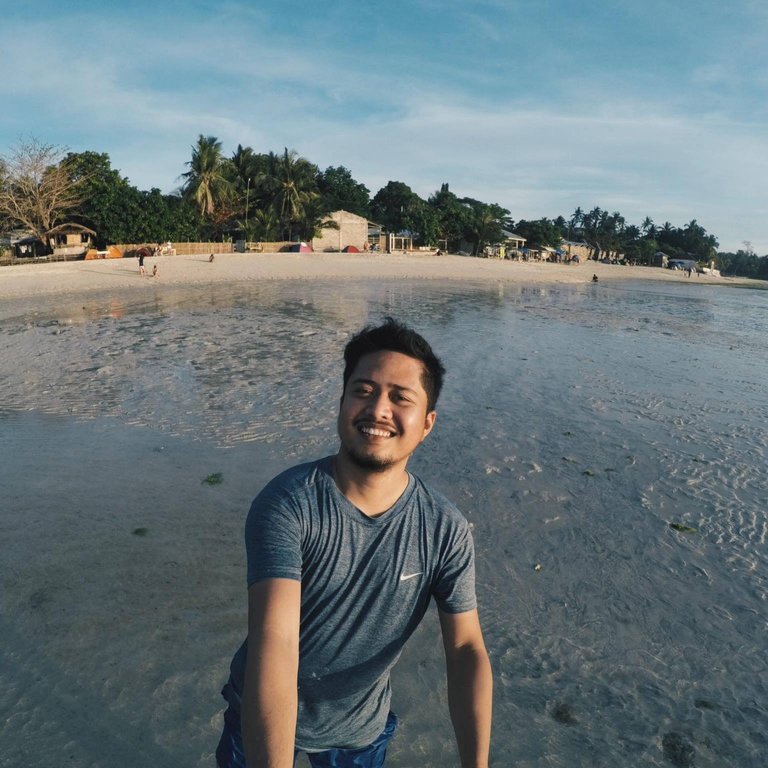
About the Author
Meet Kevin de Arca, a Data Analyst by profession and an adventurous wanderer at heart. With a passion for exploring new places and cultures, he uses traveling as a way of distressing and making unforgettable memories. He is always wondering where to wander next.✈️ 🏖 🌅
